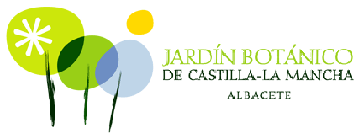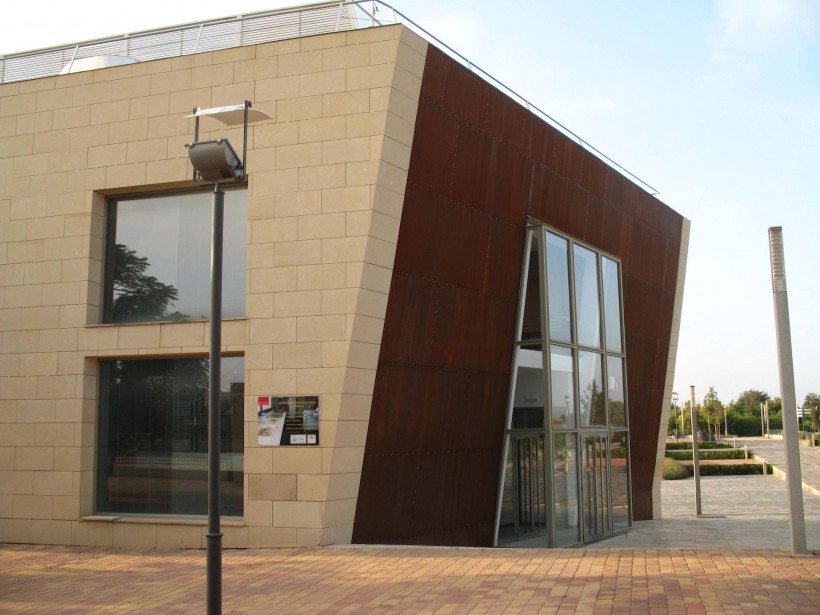Resumen
Apocarotenoid compounds play diverse communication functions in plants, some of them being as hormones, pigments and volatiles. Apocarotenoids are the result of enzymatic cleavage of carotenoids catalyzed by carotenoid cleavage dioxygenase (CCD). The CCD4 family is the largest family of plant CCDs, only present in flowering plants, suggesting a functional diversification associated to the adaptation for specific physiological capacities unique to them. In saffron, two CCD4 genes have been previously isolated from the stigma tissue and related with the generation of specific volatiles involved in the attraction of pollinators. The aim of this study was to identify additional CCD4 members associated with the generation of other carotenoid-derived volatiles during the development of the stigma. The expression of CsCCD4c appears to be restricted to the stigma tissue in saffron and other Crocus species and was correlated with the generation of megastigma-4,6,8-triene. Further, CsCCD4c was up-regulated by wounding, heat, and osmotic stress, suggesting an involvement of its apocarotenoid products in the adaptation of saffron to environmental stresses. The enzymatic activity of CsCCD4c was determined in vivo in Escherichia coli and subsequently in Nicotiana benthamiana by analyzing carotenoids by HPLC–DAD and the volatile products by GC/MS. β-Carotene was shown to be the preferred substrate, being cleaved at the 9,10 (9′,10′) bonds and generating β-ionone, although β-cyclocitral resulting from a 7,8 (7′,8′) cleavage activity was also detected at lower levels. Lutein, neoxanthin and violaxanthin levels in Nicotiana leaves were markedly reduced when CsCCD4c is over expressed, suggesting that CsCCD4c recognizes these carotenoids as substrates. © 2014, Springer Science+Business Media Dordrecht.
Palabras clave: Apocarotenoids, Carotenoid cleavage dioxygenases, Saffron, Stigmas, Stress



Leave a Reply